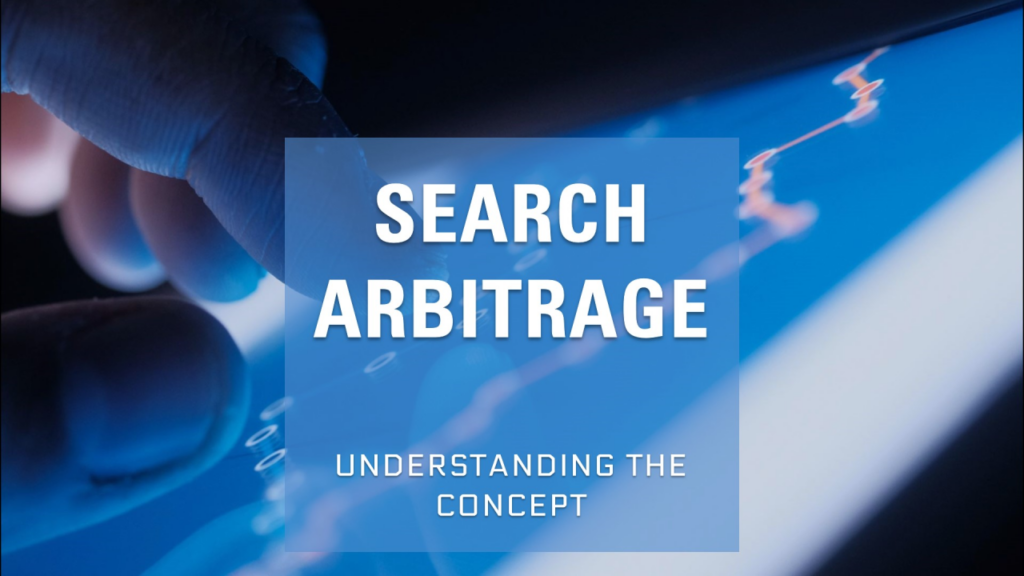Table of Contents
Introduction
The digital age has ushered in an era where information is not only abundant but also instantly accessible. Search engines, particularly Google, play a pivotal role in how we discover and interact with information online. One of the lesser-known but highly impactful features Google offers is the Related Search for Content (RSOC), a sophisticated tool designed to enhance user experience and expand the depth of content exploration on the web. This article delves into the intricacies of RSOC, its benefits for website owners and content creators, and the challenges associated with tracking and monetizing these interactions.
Understanding RSOC
Google’s RSOC is an advanced feature that presents users with related search suggestions, facilitating a deeper exploration of topics. When users enter a search query, Google not only provides the most relevant results but also suggests additional, related topics at the bottom or beside the search results. This function serves multiple purposes: it enhances user engagement by offering a broader spectrum of information and helps users uncover alternative perspectives or related content they might not have initially considered.
Benefits of RSOC for Content Creators
For content creators and website owners, RSOC represents a significant opportunity to boost site traffic and engagement. By aligning webpage content with the likely queries that might generate related search suggestions, creators can strategically position their sites to appear in these RSOC slots. This exposure can lead to increased traffic as users click through to explore related topics that align with their interests. Optimizing content for RSOC, therefore, involves understanding the relevant queries associated with your content domain and integrating those keywords and topics into your webpages effectively.
Operationalizing RSOC
RSOC can be accessed directly through Google via platforms like AdSense or through various third-party providers. While Google might offer a potentially higher revenue share, third-party providers like System1, ExplorAds, Airfind, Innuvo, and Intango can offer additional functionalities or different forms of revenue tracking and reporting. Choosing between Google and third-party providers depends on specific needs, such as the level of revenue share desired and the sophistication of tracking capabilities required.
Tracking Challenges in RSOC
Unlike standard ad display tracking, RSOC tracking presents unique challenges. Google provides revenue data based on broad dimensions like geography, device type, and channel but does not support granular click ID-based revenue tracking. This limitation means that advertisers and website owners cannot easily attribute revenue to specific user clicks within RSOC, complicating efforts to optimize return on investment. Additionally, RSOC providers may impose limitations on the number of unique channel names that can be used daily, which can further complicate tracking efforts.
Solutions for RSOC Tracking
Despite these challenges, there are solutions available for those looking to maximize their RSOC strategies. Advanced tracking systems, such as ClickFlare, have been developed to attribute revenue on a click level effectively, using available data breakdowns like geography, device, and channel name. These systems can help content creators and advertisers better understand which RSOC queries are driving traffic and revenue, allowing for more informed decisions on content and ad strategy.
Conclusion
RSOC is a powerful tool offered by Google that can significantly enhance the visibility and reach of online content. By understanding and leveraging this feature, content creators can not only improve user engagement on their sites but also tap into new revenue streams. While challenges exist, particularly in the area of performance tracking, the development of specialized tools and strategies can help overcome these obstacles, ensuring that content creators and marketers can reap the full benefits of their RSOC initiatives.







